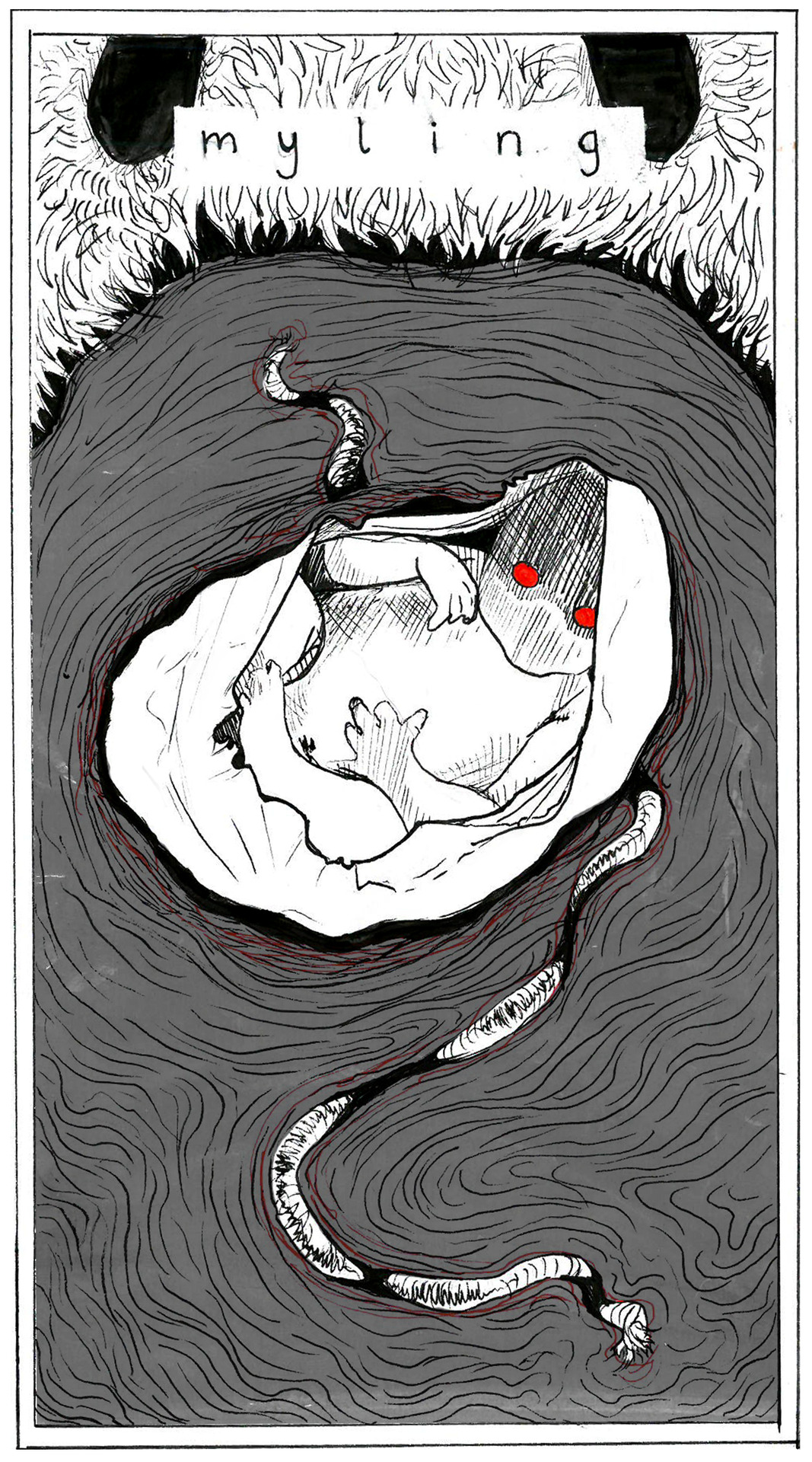

This is called the ‘faire chlaidh’ or graveyard watch. They are replaced when new person is buried. Their belief is a bit different than the English and Scandinavian versions in that the most recent person buried in a cemetery acts as the grim. Moving on, I need to talk about the Scottish version (this version also might exist in Ireland, but I can’t find anything specific). I don’t know if that’s a town or city that was renamed at one point, or if it’s a misspelling of Kronoberg which is a Swedish county. However, I have no idea where this place is as it doesn’t exist per google. I’d like to point out that the sow version (called a grave-sow) is said to appear in the streets of Kroskjoberg as an omen of death. However, if it appeared in the graveyard, it meant a child would be passing away shortly. It could sometimes be seen in the church when mass wasn’t being held. It was believed to not only protect the church and graveyard, but also bring security and longevity to the congregation. The church-lamb, as the lamb version is sometimes called, was buried under the alter to represent Christ. However, they can appear as other animals such as lambs, sows, boars, and horses if those animals were used instead. Called Kyrkogrim in Swedish and Kirkegrim in Danish, they serve an identical function to their English counterparts. They are also featured in Scandinavian lore. In other traditions, the priest preforming the funeral can use the appearance of the grim as a sign on whether or not a person’s soul passed on to heaven. In Yorkshire tradition, they toll the church bell at midnight to indicate an upcoming death. In English tradition, while they are not evil, they’re presence is often a sign of an impending death. To prevent a human from being the eternal guardian, a dog would be buried first. There was a belief that the first person buried in a graveyard would be doomed to protect it from all dangers physical and spiritual for the rest of eternity. The most famous tales are from England where they’re also called Church Kirks.


However, they don’t have to be dogs, and they don’t necessarily have to be animals which is why I’m filling it under folklore as opposed to just a subset of animal ghosts. Church grims are usually depicted as large black dogs that haunt graveyards.


 0 kommentar(er)
0 kommentar(er)
